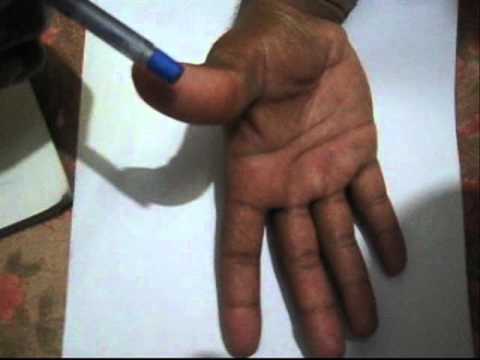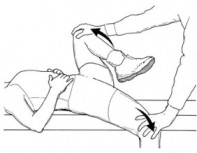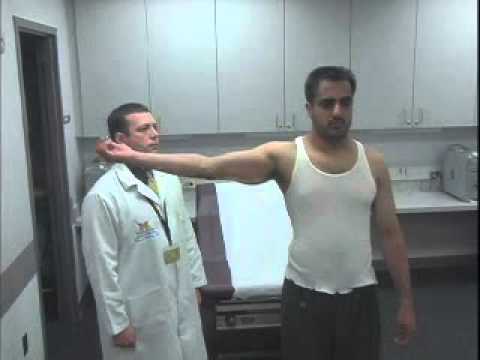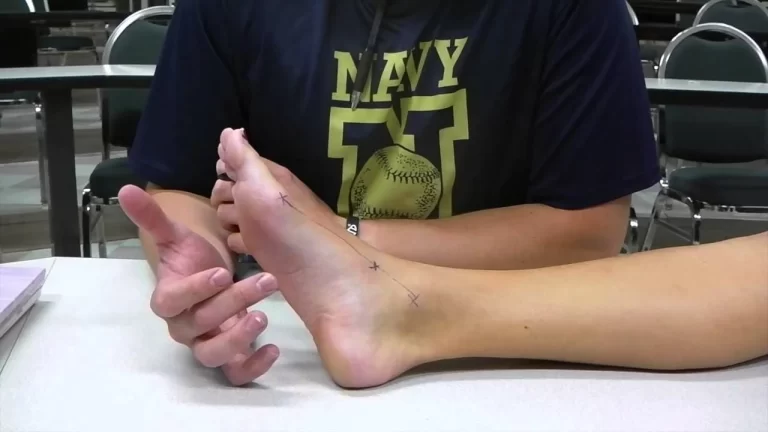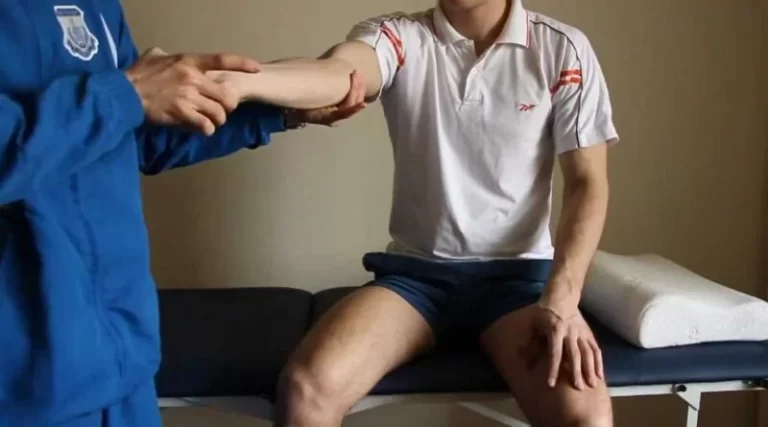Special test for Neurological Dysfunction of the Wrist Joint
- Neurological dysfunction is highly suggestive of a particular nerve lesion if they are positive, but they do not rule out the problem if they are negative.
- They may be negative 50 % of the time, or more when the condition exists with the symptoms varying during the day & daily.
- Electrodiagnostic tests are more conclusive.
Name of the special test of the neurological dysfunction of the wrist joint
- Egawa’s sign
- Flick maneuver
- Froment’s paper sign
- Hand elevation test
- Ninhydrin sweat test
- Wrinkle test
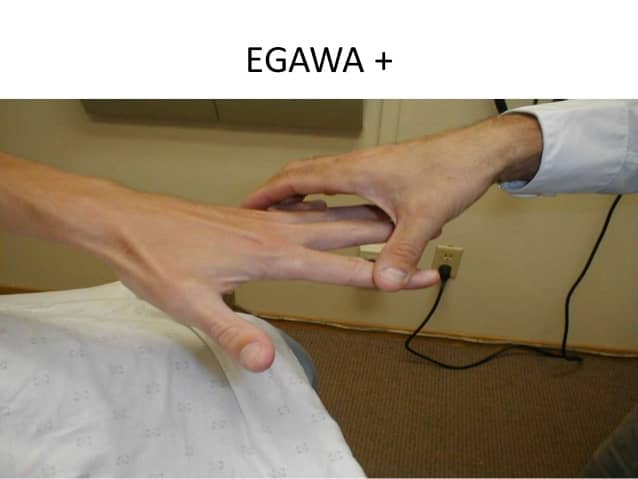
Egawa’s sign
- Purpose = This Egawa’s sign is used to check the ulnar nerve palsy.
- Technique = The patient is in a sitting position for the test.
- The patient flexes the middle digit & then alternately deviates the finger radially & ulnarly.
- If the patient is unable to do this Egawa’s sign, the interossei are affected.
- Result = A positive sign is indicative of ulnar nerve palsy.
Flick maneuver
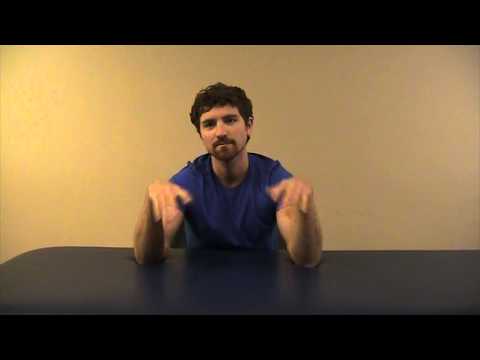
- Purpose = This flick maneuver is used to check the paresthesia in the hand.
- Technique = The patient is sitting or standing position for the test.
- The patient is complaining about the paresthesia in the hand in the median nerve distribution.
- The patient is asked to vigorously shake the hands or flick the wrist joints.
- Result = A resolution of the symptoms after flicking or shaking the hands is considered a positive test.
Froment’s paper sign
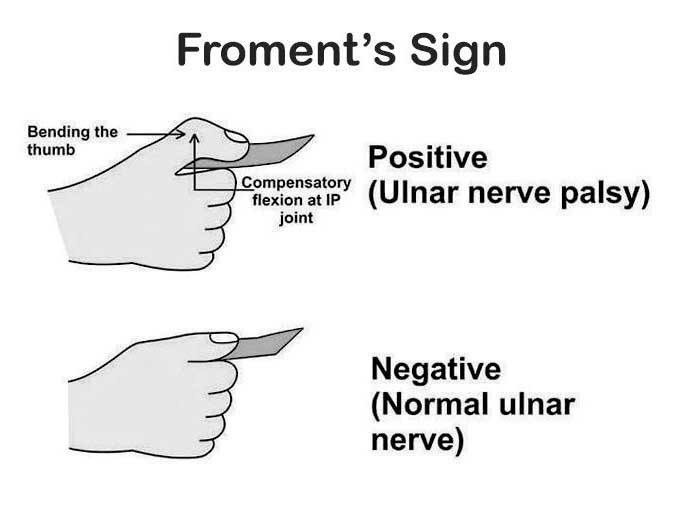
- Purpose = This Froment’s paper sign test is used to check the paralysis of the ulnar nerve.
- Technique = The patient is in a sitting position for the test.
- The patient attempts to grasp a piece of paper between the thumb & index finger.
- When the examiner [ therapist ] attempts to pull away from the paper, the terminal phalanx of the thumb flexes because of paralysis of the adductor pollicis muscle, indicating a positive test.
- If at the same time, the metacarpophalangeal joint of the thumb is hyper-extended, the hyper-extension is noted as a positive Jeanne’s sign.
- Both tests, if positive, are indicative of ulnar nerve paralysis.
Hand elevation test
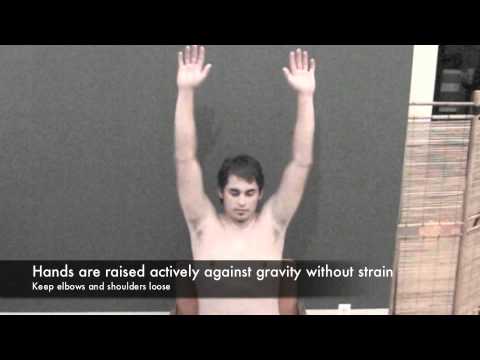
- Purpose = This hand elevation test is used to check the distribution of the median nerve.
- Technique = The patient is in a sitting or standing position for the test.
- The patient raises both hands over the head & maintains the position for at least 3 minutes.
- Result = A positive test is indicated if symptoms are reproduced in the median nerve distribution in less than 2 minutes.
Ninhydrin sweat test
- Purpose = This ninhydrin sweat test is used to check the nerve lesion in the hand.
- Technique = The patient’s hand is cleaned thoroughly & wiped with alcohol.
- The patient then waits 5 to 30 minutes with the fingertips, not in contact with any surface.
- This allows time for the sweating process to be ensured.
- After that waiting period, the fingertip is pressed with moderate pressure against the good-quality bond paper that has not been touched.
- The fingertips are held in place for 15 seconds & traced with a pencil.
- The paper is then sprayed with triketohydrindenespray reagent & allowed to dry.
- The sweat areas stain purple.
- Result = If the change in colour means from white to purple does not occur, it is considered a positive test for nerve lesion.
- The reagent must be fixed if a permanent record is required.
Wrinkle test
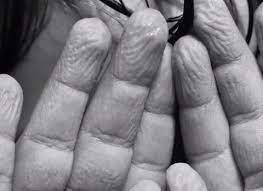
- Purpose = This wrinkle test is used to check the wrinkling of the wrist joint.
- Technique = The patient’s fingers are placed in warm water for approximately 5 to 20 minutes.
- The examiner [ therapist ] then removes the patient’s finger from the water & observes whether the skin over the pulp is wrinkled.
- Normal fingers show wrinkling, but denervated ones do not.
- Result = The test is valid only within the first few months after injury.

